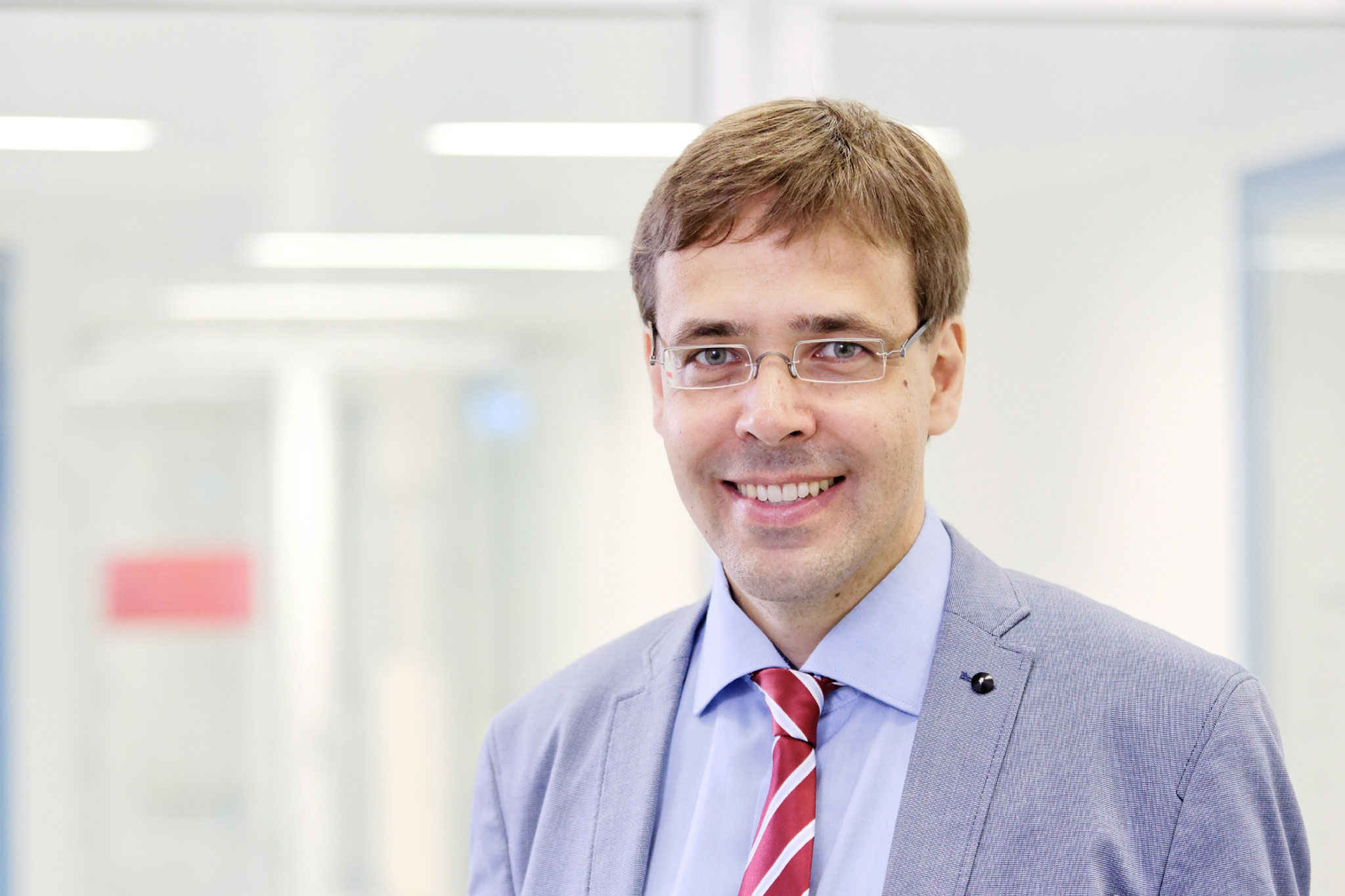Mr. Wittler,
IZM: we are very excited to hear you summarize 2019’s highlights and lowlights. But let’s start with you. On a scale of 1 to 10, how happy are you with the results achieved in your department?
Olaf Wittler: We have a great team here, which has worked with great dedication and excellent expertise. That's at least 15 points right there. We want to continue our development in the year to come, however. So I'd better make it a 9, to give us some room for improvement.
IZM: The most important words have just been said, but let’s get down to the details. What were 2019’s successful projects and why?
OW: One of last year’s special projects was AmWind. For the first time, we have developed our own circuit that enables us to perform condition monitoring of power electronics even in harsh environments such as wind farms. Users are now able to monitor their equipment and can plan maintenance. This is particularly interesting for offshore platforms, as the maintenance processes can be controlled and planned from land. This was a great success, as we have been working on this topic for a very long time. The only problem is that, so far, partners have been unwilling to use the technology. We can see a trend developing in the other direction, however.
For the future we want to find even more fields of application here, such as the automotive industry, where more and more power electronics are used. And here, too, the monitoring of wearing parts is very important, which is why we see great potential in electric mobility in particular. Condition monitoring was thus the core topic of 2019.
IZM: Okay, so that was one project. Can you think of others?
OW: Yes, the KorSikA project, which focuses on corrosion of power electronics in very aggressive environments. In doing so, we have learned how aging proceeds under these extreme conditions and what aging stages there are. Unlike with condition monitoring, the idea here is to understand the fault mechanism and to come up with ways to improve it.
IZM: Thank you very much. So those were two projects with applications very close to industry. Did you have any projects that had more to do with the environment and with how electronics can be more climate friendly?
OW: From my perspective, one special project started last year was Prompt. The aim here is to work with consumer organizations to develop a test program that will help test the durability and repairability of electronics. This is because most of the CO2 emitted comes during the manufacturing stage. So we can protect our climate if we use, repair, and resell devices as long as possible. But for this to work, they must be easy to repair. The repairability also has an influence on the robustness of a product. If, say, batteries in smartphones can be replaced, these devices might not be so robust. Or cellphones may be not so easy to repair, but are more robust all the same. It is therefore necessary to make both criteria measurable and comparable in order to enable consumers to weigh up and choose appliances with a long service life. It is for just this purpose that we intend to develop a test program.
IZM: It certainly sounds as though there will be enough topics this year to keep you and the individual groups within your department busy. What topics will be included? I assume that Prompt will continue?
OW: Yes, Prompt will definitely still be in the mix. Another project is still at the application stage so I can’t say too much about it yet. But I can already say that it is a project that we want to realize together with other Fraunhofer institutes. And here, knowledge from the fields of condition monitoring and our findings on corrosion will be combined to develop condition monitoring for new failure mechanisms in offshore and onshore wind farms. In practical terms, therefore, we want to bundle the results we have collected in this year's projects in superordinate projects and advance them with fundamentally new findings.
IZM: But let’s be honest—sometimes there are bumps in the road. Even if you can't go into detail about it, what do you hope runs more smoothly this year?
OW: Oh, that’s a difficult question. (Pondering) I think I would like to see us being successful in the public applications we are writing so that we can expand on our reliability and environmental issues and thus contribute to a more sustainable economy. At the same time, I look forward to a continued upswing in the economy so that our results can be put into daily practice by companies.
IZM: Last, but not least: If you could choose what your department stands for, what would you say?
OW: We are the partner for sustainable and reliable design of electronic components and products.
THANK YOU VERY MUCH for giving us your time and for the many applied-research projects that you and your team are implementing.
 Fraunhofer Institute for Reliability and Microintegration IZM
Fraunhofer Institute for Reliability and Microintegration IZM
